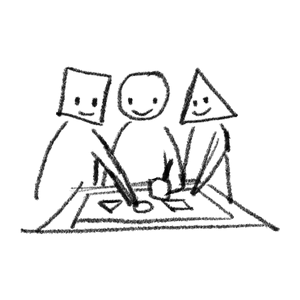Accessible design is design
I’m a firm believer in the phrase “accessible design is design.”


Usually this is phrased a bit differently, like “accessible design means better design”, but I prefer the simpler phrasing because it suggests 2 different meanings, both important:
- Good design requires designing for accessibility
- Designing for accessibility requires good design
1. Good design requires designing for accessibility
This is the typical meaning: a good design accounts for people with disabilities.
I like that. If you want to design good things, you must consider disability in what you make.
And, happily, this attitude is common among designers and product thinkers. Everyone I work with wants to create accessible, inclusive products. The hard part is understanding how to account for disability. As WebAIM (a prominent accessibility program) writes:
Few developers oppose the broad concept of inclusive design; many simply do not perceive the barriers faced by users with disabilities.
If good designs account for disability, then we must hire, consult with, and develop our products alongside people with disabilities.
Without that, it’s easy to create what designer Liz Jackson calls “disability dongles”—well-intentioned gadgets that don’t solve problems disabled people actually face. Or to focus on the positive side effects of building accessible products (the curb cut effect) over the accessibility itself—"subordinating the needs and interests," as law professor Blake E. Reid writes, of the very people accessibility intends to help.
2. Designing for accessibility requires good design
Thus the second meaning: making good accessible products is a design process.
Accessibility does not come by following algorithms or rules by rote. It requires work, experimentation, research — it requires design.
This probably isn’t a revelation. I’m sure most folks would design products differently for blind people vs Deaf people vs people with typical vision & hearing. Rather, this is to refute common attitudes in accessibility: that if you follow enough rules, your product will be accessible. That if you audit your product enough, it will be accessible. That if you add enough technology, it will be accessible.
Those attitudes are wrong.
Rules and guidelines like WCAG are important. After all, images should probably have alt text (WCAG 1.1.1). No reason to force app developers to guess. But there are points when the rules are insufficient. As I write in What’s in an (accessible) name?, rules are only a starting point — designing accessible UI requires thought and consideration.
Consider other disciplines:
- No visual designer would construct a poster just by following an algorithmic style guide.
- No ergonomist would sculpt a chair from just a book of measurements.
- No architect would draft a house solely off the fire code.
Likewise, you cannot design an accessible product just by following rules.
A common refrain in accessibility is to “shift left”, to consider accessibility as early as possible; redesigning an inaccessible product from scratch is often easier than jerry-rigging compliance fixes into it.
You design an accessible product by doing what designers do. By interviewing people, by iterating together. By understanding user needs.
By designing it.
Conclusion
That’s why I like “accessible design is design.”
Not only do the best designs account for accessibility, the best accessibility is done by design. In other words, you might make accessibly-compliant products by following rules, and you can make your products better by considering disability as you design…
But the most accessible products — the ones that showcase how technology can break down the societal & environmental barriers that make disabilities disabling—are designed. The same way any other products are designed.
By considering the human.
Happy designing.
Thanks to Atherai Maran for editing.